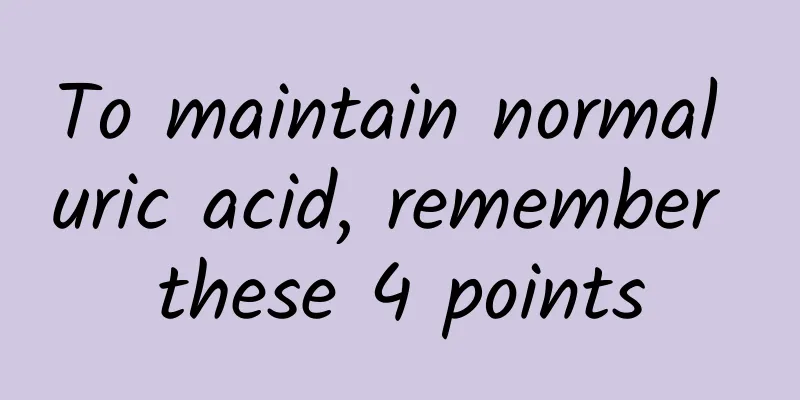What medicine should I use for vaginal pain and itching

|
The female vagina is the main reproductive and sexual organ, and the vagina is divided into two parts: the inner vulva and the outer vulva. The inner vulva is connected to the female uterine area and is an important channel for fallopian tuberculosis, while the outer vulva is wrapped in underwear and covered by pubic hair. It is in a dark and humid environment and is more susceptible to bacterial invasion. Many women have experienced vulvar pain and itching. What medicine should they use when this happens? Causes of vulvar itching, swelling and pain 1. Special infection: Vulvitis, fungal vaginitis and Trichomonas vaginitis are the most common causes of vulvar itching. 2. Local allergy: Allergy to condoms, tampons, sanitary napkins or other drugs or chemicals. 3. Bad hygiene habits: Not paying attention to the local cleaning of the vulva, long-term stimulation of the vulva by sebum, sweat, menstruation, and vaginal secretions can cause itching: using rubber or plastic menstrual belts during menstruation and wearing airtight chemical fiber underwear at other times can induce itching due to moisture and heat accumulation. 4. Other lesions: Other skin lesions, abrasions, common warts, herpes, eczema, and tumors can all cause vulvar itching. These symptoms should be paid attention to in daily life. 5. Vulvar malnutrition: The main symptom is extreme itching, accompanied by whitening of the vulva skin. Common treatments for vulvar itching, swelling and pain 1. General treatment Pay attention to menstrual hygiene, keep the vulva clean and dry, and avoid scratching. Do not wash with hot water and avoid using soap. When there is an infection, potassium permanganate solution can be used for a sitz bath, but local scrubbing is strictly prohibited. Clothing, especially underwear, should be loose and breathable. Avoid alcohol and spicy or allergic foods. 2. Symptomatic treatment (1) Topical medications: For acute inflammation, 1% resolsin plus 1 foil of livanol solution or 30% boric acid solution can be used for wet compresses and then 40% zinc oxide ointment can be applied topically after washing; for chronic itching, corticosteroid ointment or 2% diphenhydramine ointment can be applied. (2) Oral medication: When symptoms are severe, you can take 4mSt of chlorpheniramine, 25mg of diphenhydramine, or 25ml of isopropylamine orally to achieve both sedation and desensitization effects. 3. Etiological treatment Eliminate local or systemic factors that cause itching, such as Trichomonas, Candida infection or diabetes. If pubic lice are found, the pubic hair should be shaved and the underwear should be boiled and washed. You can also apply 1% malathion powder or 25%-50% Stemona tincture externally. Note: The above-mentioned drugs must be used under the guidance of a doctor and should not be purchased on your own. |
<<: How long is the normal due date?
>>: What is the best ointment for removing pubic lice?
Recommend
In "Ordinary World", Sun Shaoping drank vinegar to lower his blood pressure. Is it true? Doctors debunked the rumor
Many people asked me, can drinking vinegar lower ...
Where do egrets usually live? What kind of animal is an egret?
We often read the phrase "a line of egrets f...
Why do I have a headache ten days after giving birth?
The physical recovery of the mother is very impor...
What can't girls eat during menstruation?
Girls should not welcome the arrival of menstruat...
What causes itchy bumps on face during confinement?
Chinese women have a habit after giving birth, wh...
What is the best thing to eat on the first day of delivery?
Regardless of the method of delivery, the questio...
Is it painful to have an artificial abortion at two months?
Many couples or lovers become pregnant without do...
What are the effects and functions of private antibacterial liquid
Private antibacterial liquid is not unfamiliar to...
Taking prohibited drugs within 30 days of pregnancy
Some female friends are rather careless and do no...
Is endometrial cancer contagious?
Endometrial cancer is a very harmful gynecologica...
How many days does bleeding last in a biochemical pregnancy?
The reason why we humans can reproduce is that th...
How many ovaries does a woman have?
The body structure of women is particularly compl...
Mole on labia
In fact, few people will carefully observe their ...
There are lumps and itchiness in the breast, what is the reason behind it?
Breast lumps are common, but itching is rare. The...









